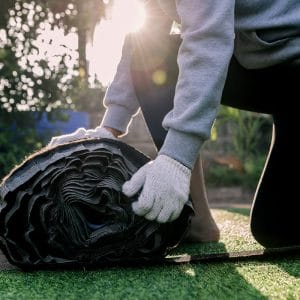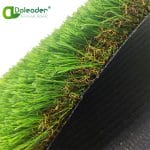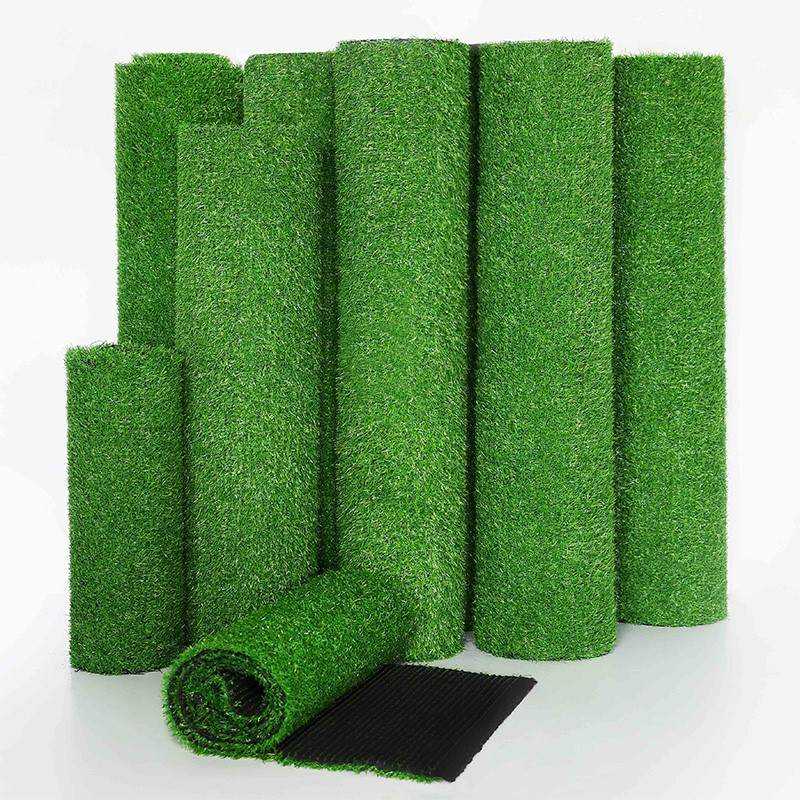
The environmental impact of artificial grass, also known as synthetic turf, is a subject of debate and depends on various factors. Here are some considerations regarding the environmental impact of artificial grass:
Pros:
1. Water Conservation: One of the significant environmental benefits of artificial grass is water conservation. Natural grass lawns require regular watering, which can be a significant source of water consumption. Artificial grass eliminates this need and can contribute to water savings.
2. Pesticides and Herbicides: Natural grass often requires the use of pesticides and herbicides to control pests and weeds. Artificial grass does not, reducing the use of harmful chemicals.
3. Reduced Carbon Emissions: Maintaining a natural grass lawn with gas-powered lawn mowers and other equipment can contribute to carbon emissions. Artificial grass eliminates the need for regular mowing and maintenance, reducing the associated emissions.
4. Extended Lifespan: High-quality artificial grass can have a long lifespan, often more than a decade, reducing the need for frequent replacements and the consumption of additional materials.
5. Recycled Materials: Some artificial grass products are made from recycled materials, contributing to the reuse of resources and the reduction of waste.
Cons:
1. Material Composition: Many artificial grass products are made from non-biodegradable materials, including plastics and rubber, which can have a negative impact on the environment. When disposed of in landfills, these materials do not break down.
2. Resource Intensive: The production of artificial grass can be resource-intensive, particularly in terms of energy and water consumption. The manufacturing process can involve the use of non-renewable resources.
3. Heat Absorption: Some artificial grass can become significantly hotter than natural grass, which can exacerbate urban heat island effects in urban areas and increase local temperatures.
4. Microplastic Pollution: Over time, artificial grass can break down into microplastic particles, which may find their way into the environment and water systems. This can potentially have negative impacts on ecosystems and wildlife.
5. Land Use Change: In some cases, the installation of artificial grass may involve the removal of natural vegetation, which can have environmental consequences.
To mitigate the potential negative environmental impacts of artificial grass, it’s important to:
– Choose high-quality products that are designed to be long-lasting and durable.
– Look for products made from recycled or sustainable materials.
– Properly dispose of old artificial grass when it needs replacement.
– Consider cooling measures to reduce heat absorption, such as using light-colored infill materials or shading the area.
– Follow recommended disposal and recycling procedures when disposing of old artificial grass.
Ultimately, the environmental impact of artificial grass can vary based on factors like product quality, installation practices, and disposal methods. As the demand for more eco-friendly solutions grows, there are efforts to make artificial grass products that are more sustainable and environmentally friendly.










